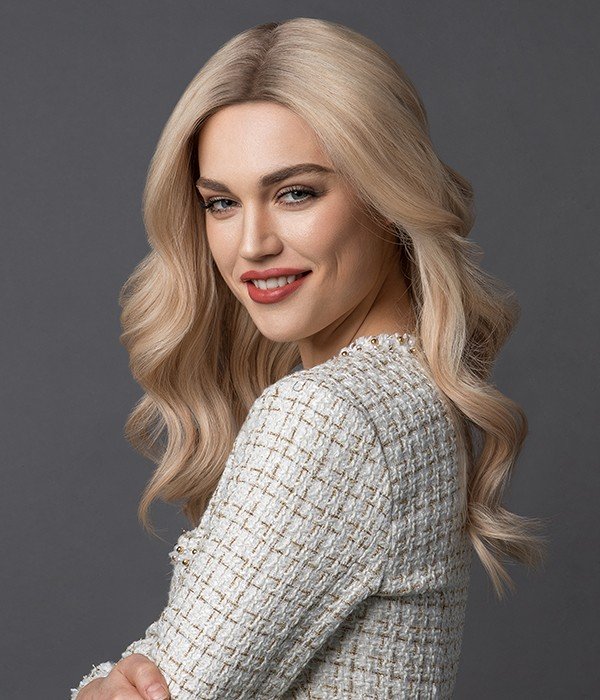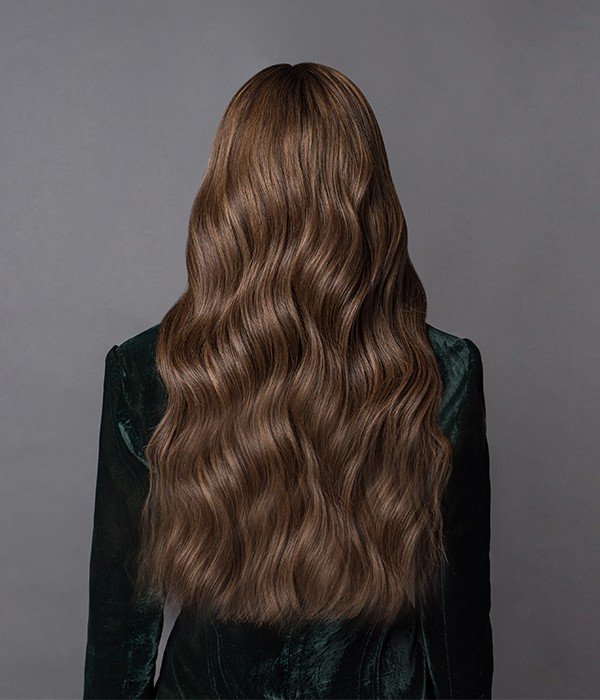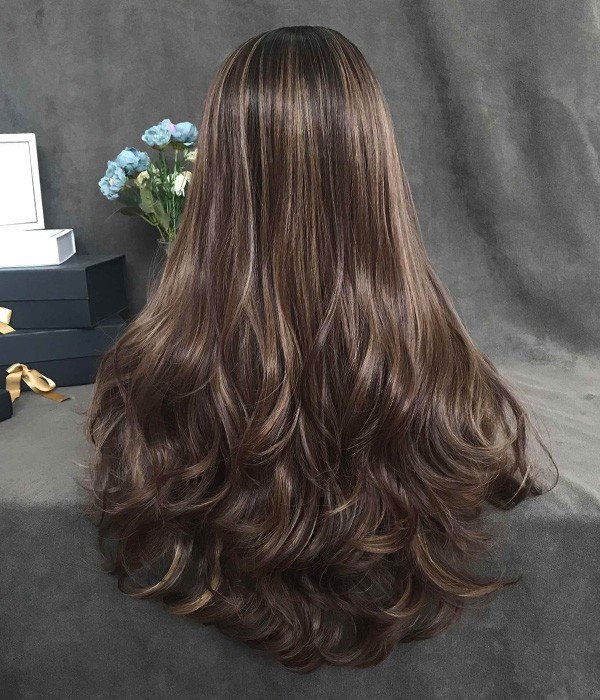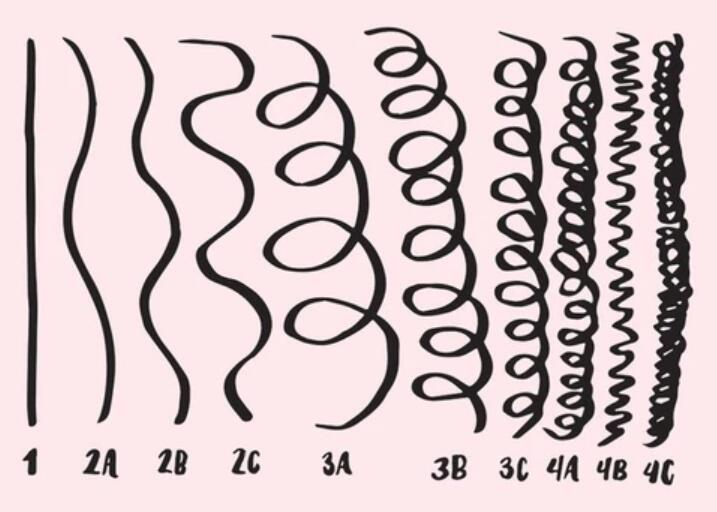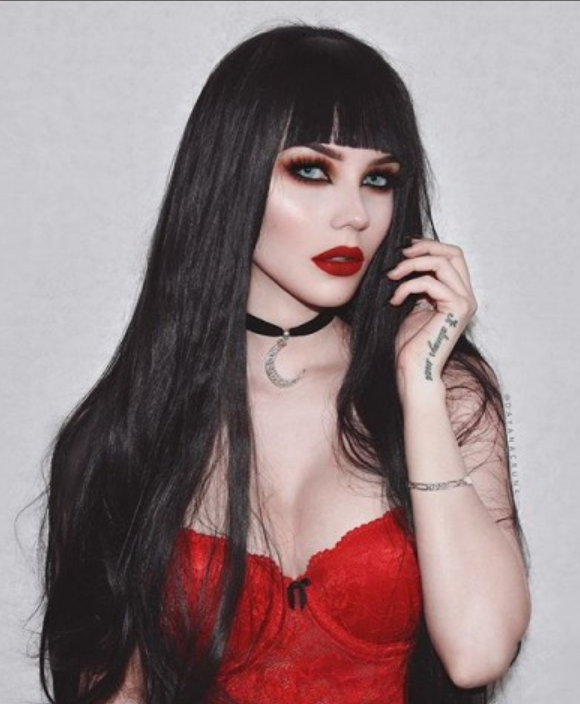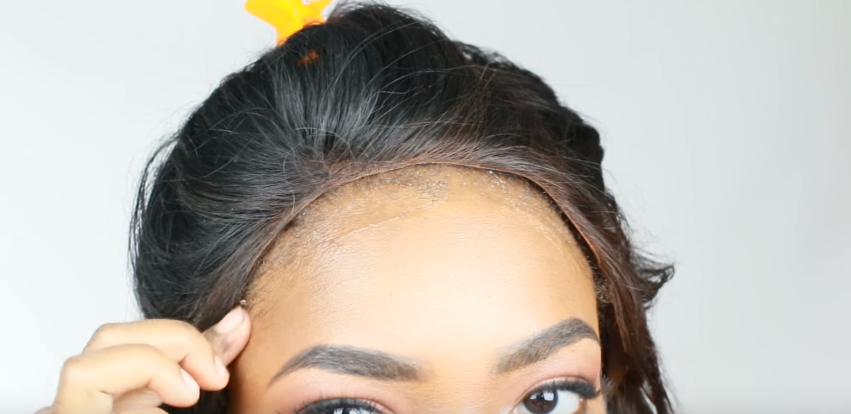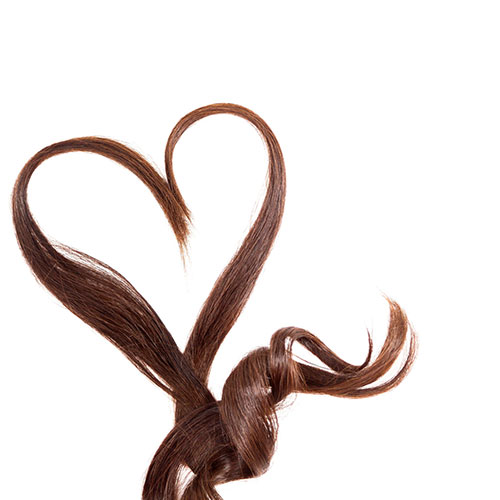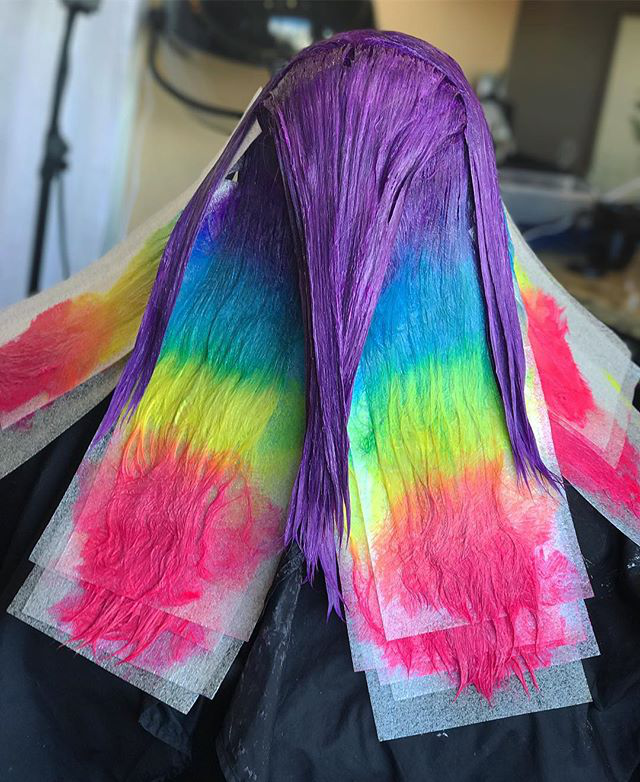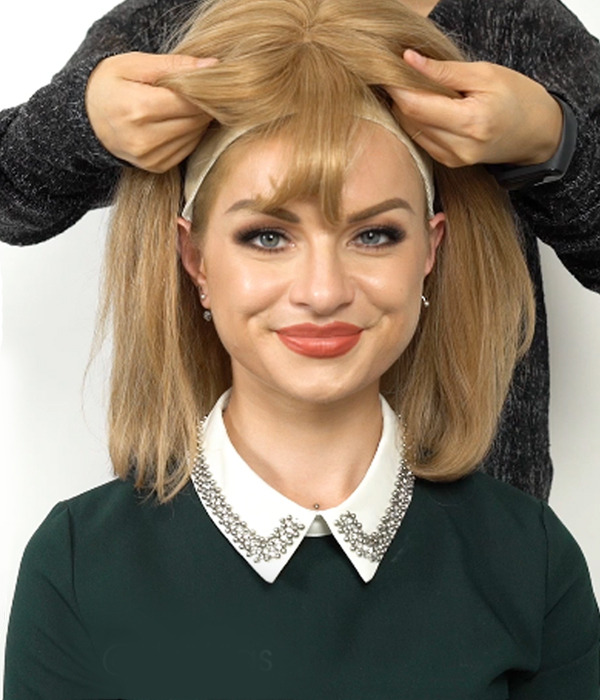Growing hair occurs almost effortlessly for some while others have to go through so much stress which includes hundreds of hair appointments, dozens of hair products and of course dealing with hair aestheticians who all claim to have the holy grail of hair growth serums. Hence, if you’re dissatisfied with your hair texture, volume or length, and looking for a remedy, you’re likely to spend a fortune on products whose effectiveness is somewhat relative. It may seem unfair but rather than sulk, you can now explore other options that don’t include over-the-counter products. However, despite common hair conditions like breakage, thinning or balding which could span from lifestyle choices, the inability to grow hair could be as a result of a health condition. This is evident in the case of alopecia, congenital aplasia, and even cancer.
Hence, with cases like these, there’s little effect any hair growth serum, product or treatment could have. With that being said, it may be time to fish for other solutions like hair transplants. This may sound extreme to some, but if you’re gravely unhappy with the appearance or nature of your hair, you might want to consider this as a restorative solution. Luckily, we’re going to analyze this particular solution concerning certain factors to determine its worth.

Just to be clear, hair transplants are restorative procedures that involve the surgical reattachment of hair follicles retrieved from one part of the patient’s body (donor site) and implanted on the recipient area or balding spot. Certain techniques are used to harvest the donor hair which we’ll also be getting into in a minute. But, before consenting to this life-changing procedure, there are factors worth considering. These factors include the risks, cost, effectiveness, side effects, and of course the procedure’s working principle. Let’s begin with the ‘Hows’ of the trade.
How it’s done
Simply put, a hair transplant is the transfer and installation of hair from one body part to another. Typically, the donor site is mostly the back of one’s head, unless your doctor thinks otherwise. As expected, before this procedure your doctor must have sterilized and numbed both areas with a local anesthetic or even a sedative if you’re up for that. Next, your surgeon will commence the procedure by using either the Follicular Unit Transplantation (FUT) or the Follicular Unit Extraction (FUE). The difference between both methods is the extraction method. While one involves the removal and reimplantation of a piece of scalp, the other has to do with hair extraction and follicle implantation.
Does it work?
While hair products have a somewhat volatile effect on hair growth, hair transplants are known to be highly effective. The procedure works better than any over-the-counter product could ever. But, before celebrating your victory here’s what you should know. Experts claim that once implanted, about 10-80% of the transplanted hair will grow back in no less than 3-4 months, so it may take a little while before results are visible. Also, the transplanted hair was extracted from you, it’s your existing hair and it’s still likely thin over time, depending on how you care for it. Lastly, this procedure may not work as well for everyone. This is because it is a selective restorative one that can only be used to increase hair volume due to balding, thinning or hair loss stemming from injury. Therefore, if your balding or thinning is widespread, if your hair loss is due to chemotherapy or if your scalp scar is thick owing to injury, this procedure may not be as effective for you.
How much it costs
It’s important to note that hair transplants are classified under ‘cosmetic’ procedures hence your health insurance package will most definitely not cover it. Now, the price of this procedure varies depending on your location’s availability of surgeons, the adapted surgical technique, surgeon’s experience, recovery medications and of course the extent of your condition. Adding these figures together, this procedure could range from $4,000 to $15,000. Seems like a lot of money to grow hair, but can you really put a price on the accrued confidence of having full, voluminous hair? No.
Recovery
Either of the FUT or FUE procedures could take some hours or days to complete. It just depends on the commitment of your surgeon. However, once the procedure is complete, the bandages will be removed and you may notice swelling and feel pain. To help with the swelling, pain, soreness, and redness you may be prescribed analgesics like ibuprofen as well as antibiotics, anti-inflammatories, as well as hair stimulating medications. Regardless of this, you may not be able to brush your hair for another three weeks but you should feel good enough to function normally in three days.

Possible Side effects
Every procedure has risks and potential side effects and for hair transplants, one thing you should definitely expect is scarring. It is somewhat inevitable for any surgical procedure. However, on the flip side, other side effects include bleeding, numbness around affected areas, scalp pain, itching, infection, swelling, hair loss if the patient is still balding. This is just a handful of the side effects from the actual procedure, others could be prior to the medication. Nevertheless, these side effects could be minimal for some patients and they could be gruesome for others. Hence, it’s important to seek your physician’s opinion before embarking on this procedure just to ensure your health can take it.
Conclusion
The human hair is a critical part of the body. When damaged, deteriorating or balding it can create severe damage to the bearer’s psychological health as in the case of low self-esteem or it could even nullify one’s confidence thus affecting how such an individual carries out his/her daily activities. Now, a lasting solution in the form of hair transplantation can turn things around for such individuals, but with the price, side effects, and overall fear of the procedure a lot might be discouraged. Nevertheless, this doesn’t take away the fact that hair transplantation is singly the most effective hair restorative procedures available today and it is definitely worth the try.
